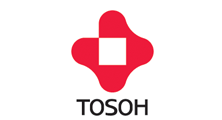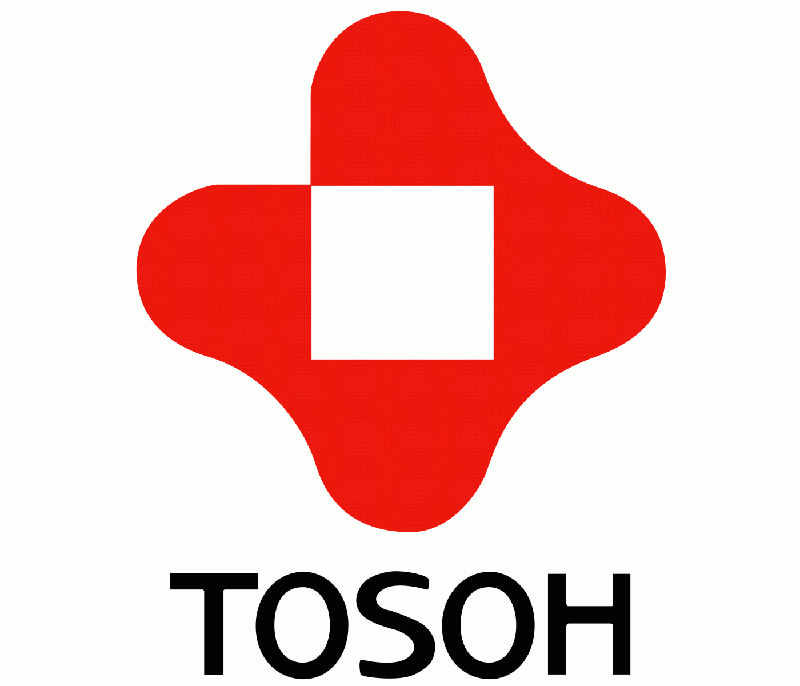Abstract
During the last decades, mAbs have proofed to be a very valuable medication for severe illnesses like auto immune diseases and cancer. However, to ensure a successful therapy and the least possible side effects, a thoroughly investigation of potential aggregates is crucial. The quality of aggregates can be diverse in terms of physico-chemical and physiological properties. Besides a declined therapeutic effect, mAb aggregates may also be immunogenic.
A detailed characterization of the different aggregate species requires resolution of the different species by an online analytical method, as aggregation is a dynamic process. Due to the rather hydrophobic nature of mAb aggregates, analytical HIC using 2.5 μm particles offers outstanding resolution of the different aggregates. Therefore, a targeted analysis of every single contained species is possible. Fluorescence detection and an applied light scattering device ensure maximum analysis sensitivity. Furthermore, we could show that the highly efficient non-porous resin allows a quantitative analysis, providing an actual back-up method for the verification of SEC results.

Materials & Methods
mAb Aggregation mAb aggregation was performed by acidic incubation. The stock solution contained 5 mg mAb/ml, buffered in 0.1 M citrate, pH 6.1. To induce aggregation, the mAb was titrated to pH 2.7 using 1 M HCl. The solution was incubated for 1 h at room temperature. Afterwards, the pH of the solution was increased to pH 6.5 by the addition 0.5 M disodium hydrogen phosphate. The aggregated mAb samples were stored at 4°C. Aggregation was accomplished on a daily base. Analytical HIC HIC was performed using two different column hardware formats: TSKgel Butyl-NPR 4.6 mm ID x 3.5 cm L and a prototype 4.6 mm ID x 10 cm L. The shorter column was used in combination with fluorescence detection. The appropriate experiments were performed on a Dionex Ultimate 3000 RS system. A flow rate of 1 ml/min was applied. To induce hydrophobic interaction between the stationary phase and the mAb species, the loading buffer contained 3 M sodium chloride and 10 mM sodium phosphate, pH 7.0. 10 mM sodium phosphate, pH 7.0 comprised the elution buffer. 2 μg protein were injected. A linear gradient from 0% to 100% within 25 min was applied. For HIC-MALS, the extended prototype column hardware version was used. The column was connected to a Shimadzu Prominence HPLC system, including a Wyatt MiniDawn Treos light scattering device and a Wyatt Optilab TrEX refractometer. Flow rate was reduced to 0.7 ml/min. 10 μg mAb were injected. The sample was bound to the resin by applying either 3 M sodium chloride in 10 mM sodium phosphate buffer or 0.75 M ammonium sulfate, 0.5 M sodium sulfate and 10 mM sodium phosphate, both pH 7.0. 10 mM sodium phosphate, pH 7.0 or 2 M sodium chloride containing 30 methanol and 10 mM sodium phsophate, pH 7.0, were applied for the elution. The methanol containing elution buffer allowed a reproducible RI signal, which is necessary for molecular weight determination with static light scattering. This method is based on a two detector concept. On the one hand, the light scattering device provides the Rayleigh ratio, on the other hand a second device providing a concentration signal must be implemented into the system. Typical detectors measure the refractive index or the UV absorption. Both approaches have pro’s and con’s; while the RI detector is a very general approach that is commonly used for isocratic chromatographic separations, using the UV signal might be more straightforward for non-isocratic chromatographic separations. Both methods were employed to investigate the molecular weight. For the RI based approach, a linear gradient from 100% A to 60% A in 33 min was used, for the UV based approach a linear gradient from 100% A to 0% A in 40 min was used.





